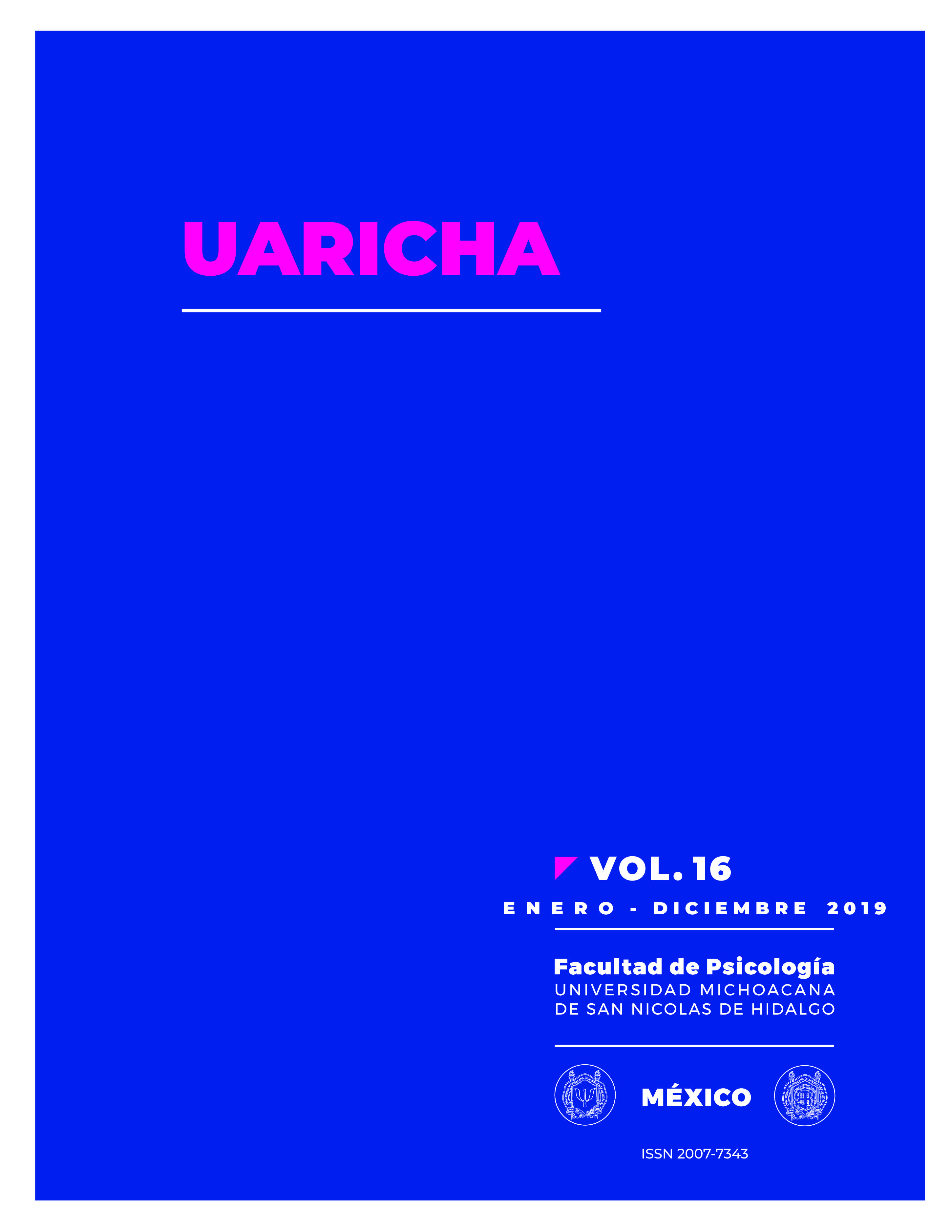Español
Main Article Content
Abstract
The suitable familiar functioning favors the growth and development of his members in every stage of the life, in the adolescence, stage of high adaptative requirements, the above mentioned strength becomes necessary since it, it will determine the strategies with those who face the challenges and difficulties. With the aim to analyze the relation between the familiar functioning and coping strategies of adolescences of high school, participate voluntarily 500 students assigned to a public University of Guadalajara, Straw hat, Mexico. Each of them answered the Familiar Inventory of Autoreport (SFI) and the Scale of Coping of Adolescences (ACS). The familiar predominant structure was the nuclear model (76 %) and families with healthy, but not ideal performance, being the functional elements: health, competition, conflict and expressiveness, whereas the predominant strategies of confrontation were: to look for relaxing amusements, to worry, to struggle and to be successful. Was observed that the familiar functioning associated with the productive confrontation (rxy =.138, p=.002) and negatively with the unproductive confrontation (rxy=-.315, p=.000). The importance of the family is repeated in the strategies of confrontation of the adolescences.
Article Details
Section
The authors have the right to ownership or copyright and they give to "Uaricha Psychology Magazine" the right to publish for the first time the article, as well as disclose and distribute it on the technological available media and through repositories.
Uaricha Psychology Magazine, is a quarterly publication, published by the Psychology College of the "Universidad Michoacana de San Nicolás de Hidalgo", Street Francisco Villa No. 450, Col. Dr. Miguel Silva, Morelia, Michoacán, P. C. 58110. Phone (+52) 443 312 9909, ext. 149, www.revistauaricha.umich.mx, uaricha.publicaciones@umich.mx. Responsible publisher: Roberto Oropeza Tena. Reserve of exclusive use rights No. 04-2013-070413365500-203, e-ISSN: 2007-7343, Granted by the National Institute Copyright. Responsible of the last update of this number, Computer center of the Psychology College, Ing. Erick Vidar Alva Rangel.
How to Cite
References
" target="_blank">Asociación Médica Mundial (2001). Declaración de Helsinki. Re-cuperado de http://www.raco.cat/index.php/BioeticaDebat_es/article/viewFile/260286/347459
Barrera, M. & Li, S. (1996). The relation of familiy support to adolescent’s psychological distress and behavior problems. En G., Pierce, B., Sarason, y I., Sarason, (Eds.), Handbook of social su-pport and the family. New York: Plenum.
Beavers, W. y Hampson, A. (1995). Familias Exitosas. Barcelo-na: Paidos.
Frydenberg, E. y Lewis, R. (1996). Escalas de Afrontamiento para Adolescentes. Madrid: TEA.
Frydenberg, E. (1997) Adolescent coping: Teorical and research perspectives. Londres: Routledge.
Minuchin, S. (1982). Familia y Terapia familiar. Buenos Aires: GEDISA.Minuchin, S. (1984). Calidoscopio familiar. Madrid: Paidós.
Musitu, G., Buelga, S., Lila, M. y Cava, M. J. (2001). Familia y adolescencia: Análisis de un modelo de intervención psicosocial. Ma-drid: Síntesis.

